What Is a Customer Relationship Management? A Guide to CRM
Streamline every customer interaction with a clear CRM process that builds trust, loyalty, stronger relationships, and long-term business growth effectively.
Author: Aasritha Sai Abbaraju
Streamline every customer interaction with a clear CRM process that builds trust, loyalty, stronger relationships, and long-term business growth effectively.
Author: Aasritha Sai Abbaraju
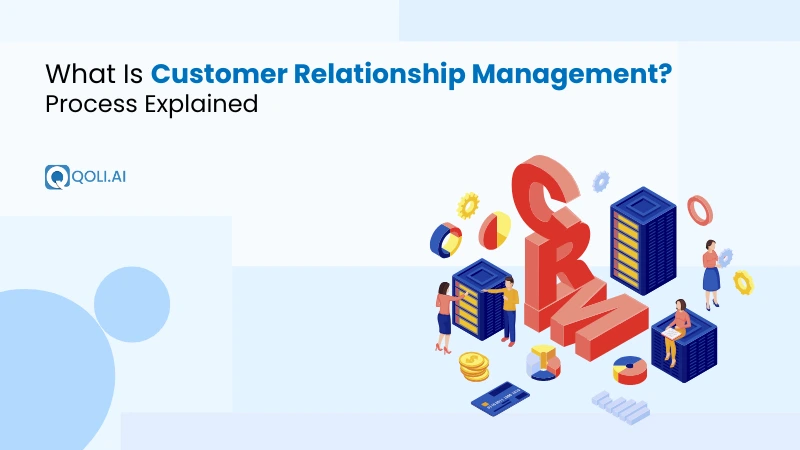
Managing customers can be challenging for any business. Without a clear system to organize interactions, you may miss important follow-ups, leave customer questions unanswered, and lose opportunities.
To handle these challenges, you can use customer relationship management, or CRM, which helps you follow a proper process to manage every customer interaction step by step. In fact, studies show that using a CRM helps a business perform 86% better in reaching its sales goals compared to businesses that don’t use it.
In this blog, I will explain what customer relationship management is, how it works, and why it is essential for any business that wants satisfied and loyal customers.
Customer relationship management, or CRM, is the structured customer relationship management process businesses use to manage customer interactions effectively. It involves organizing communication and tracking follow-ups to build trust and long-term customer loyalty.
Think of CRM as a way to guide every customer from the first contact to a repeat purchase. Clear steps help you stay connected and responsive. A strong CRM process helps you understand your customers, respond quickly, and turn every interaction into a reason for them to stay loyal.
The main purpose of a CRM process is to create an organized way to connect with your customers and keep those relationships strong. Without a clear plan, you risk losing track of customer needs, missing opportunities to help them, which shows the need for customer relationship management in every business.
A well-designed CRM process helps you:
In short, the goal of CRM is to make every interaction purposeful. When your process is clear and consistent, customers feel valued, and your business runs more effectively.
CRM works by turning your interactions with customers into a repeatable process. which helps you know what to do at each stage to turn a new visitor into a loyal customer. This process follows a CRM cycle made up of five phases, each designed to build stronger relationships and grow your business by effectively managing customer data.
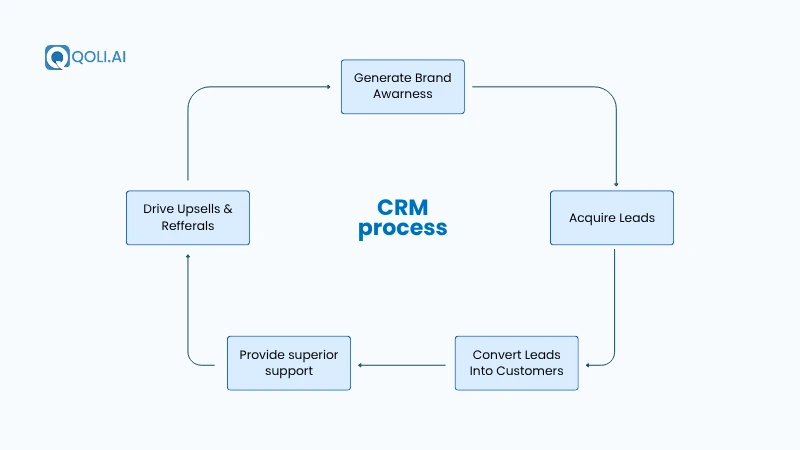
Here is how the customer relationship management cycle works:
Phase 1: Generate Brand Awareness
The first phase is about making people aware of your business. You show potential customers who you are, what you offer, and why your business matters. This is done through marketing activities like advertisements, social media posts, or sharing helpful content.
Tip: Use social media analytics to identify which content drives the most engagement for brand awareness.
Phase 2: Acquire Leads
After people notice your business, the next phase is collecting information from those who are interested. These interested individuals are called leads. You capture their details so you can communicate with them and guide them toward making a purchase.
Phase 3: Convert Leads into Customers
In this phase, your goal is to turn leads into paying customers. You provide clear information and support so they choose confidently.
Phase 4: Provide Superior Support
Once someone becomes a customer, the next phase ensures you continue to take care of them. You offer support, solve problems quickly, and maintain communication to make the customer feel valued.
Phase 5: Drive Upsells and Referrals
The final phase focuses on building long-term loyalty. You look for opportunities to offer additional products or services, encourage repeat purchases, and turn happy customers into advocates who recommend your business to others.
It is a continuous process that helps you improve your next interactions with customers. By following this cycle, you ensure every interaction from first hearing about your business to becoming a loyal customer is organized, and focused on building strong relationships.
👉 You Might Like This: What Is CRM Software? A Complete Business Guide 2025
Every CRM process depends on a few essential CRM features that keep your customer activities connected and easy to follow. Here are the key features of customer relationship management that make a CRM process effective and practical for your business:
Tip: Monitor monthly trends to quickly detect declining customer engagement.
Not all CRM processes work the same way. Depending on what your business needs, you can structure your approach to customer interactions differently. There are four main types of customer relationship management you should know about:
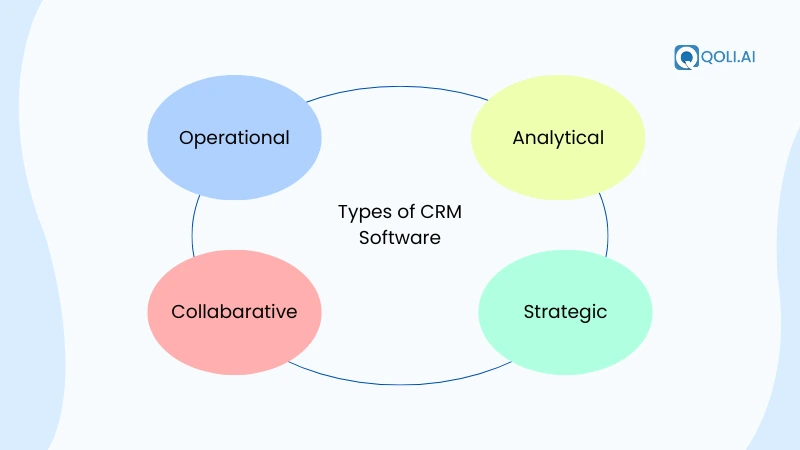
Operational CRM focuses on managing everyday customer interactions. It defines how leads are followed up, how customer requests are handled, and how teams coordinate daily tasks. Following this process ensures interactions happen on time and consistently, so customers always get the attention they need.
Analytical CRM is about using customer data to guide your process. It studies past interactions to show what customers want. It helps you analyze behavior and improve decisions, improve marketing approaches, and adjust service efforts based on insights.
Collaborative CRM focuses on teamwork. It sets up a process where sales, marketing, and support share information and coordinate actions. By organizing your sales process and customer interactions, your customers experience smoother communication, and your teams work together more efficiently.
Strategic CRM focuses on building long-term relationships. It guides your process for deciding which customer interactions are most important. By following this process, you can create meaningful connections that keep customers engaged.
The 4 C’s of CRM describe the key elements that guide the entire customer relationship management process. Understanding these four elements makes it easier to structure your CRM process effectively and understand the role of customer relationship management in your business.
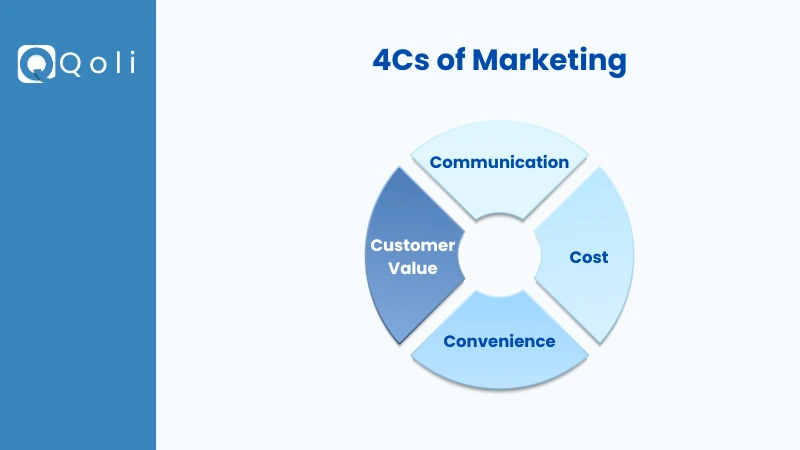
1. Customer
The first C focuses on the customer. This means understanding who your customers are, what they need, and how they behave. By keeping the customer at the center of your process, you can adjust interactions to meet their expectations and provide a better overall customer experience.
2. Cost
Cost in CRM does not just mean the price of your product or service. It also refers to the effort and time your customers spend interacting with your business. A good CRM process reduces obstacles, making it easier and faster for customers to get what they need.
3. Convenience
Convenience is about how simple and smooth it is for customers to engage with you. A strong CRM process ensures that every interaction, whether through sales, marketing, or support, is easy and straightforward. The easier you make it for customers, the more likely they are to stay loyal.
4. Communication
Communication is the backbone of the CRM process. It is about providing timely, relevant, and consistent information across all customer touchpoints. One of the main benefits of CRM is a clear communication process, which ensures your team delivers the right message at the right time, building trust and stronger customer relationships.
A strong CRM process works best when you follow certain guiding principles of customer relationship management, while also being aware of the challenges that can slow it down. Knowing both helps you plan better, interact effectively with your customers, and keep your teams aligned throughout every stage.
To make your CRM process work smoothly, keep these key principles in mind:
With these principles in place, you can build a process that is not only organized but also flexible enough to handle real-world customer interactions. Now, let’s look at the common challenges you might face while following this process.
Tip: Standardize email templates and call scripts to ensure consistency across all customer interactions.
Even the best CRM process can run into obstacles. Being aware of these customer relationship management issues helps you handle them before they affect your customers or your team:
By recognizing these challenges early, you can design your CRM process to handle them and make sure your customers receive smooth, consistent interactions every time.
Understanding the difference between CRM and SCM is essential because both influence how your business operates, but they focus on different aspects of customer and business relationships highlighting the role of CRM in managing interactions effectively.
Here is the clear comparison to help you understand the difference between CRM and SCM:
| Aspects | CRM (Customer Relationship Management) | SCM( Supply chain management) |
|---|---|---|
| Focus | Managing customer interactions and relationships | Managing the flow of goods and services |
| Primary Goal | Improve customer satisfaction, retention and engagement | Ensures timely and efficient delivery of products |
| Key Processes | Lead management, Sales management system, Customer Support | Procurement, production, inventory, logistics, distribution |
| Objectives | Build strong customer relationships through strong processes | Optimize operations and product delivery efficiency |
| Outcomes | Better customer experience and loyalty | Smooth supply chain and operational efficiency |
In short, CRM helps you to connect with your customers, while SCM ensures your products reach them efficiently. Both processes are important, but each addresses a unique set of business objectives and requires its own approach.
Implementing a CRM process is about creating a clear approach to manage customer interactions. The goal is to structure every stage, from attracting leads to retaining loyal customers, so your team can work efficiently and your customers get consistent, valuable experiences.
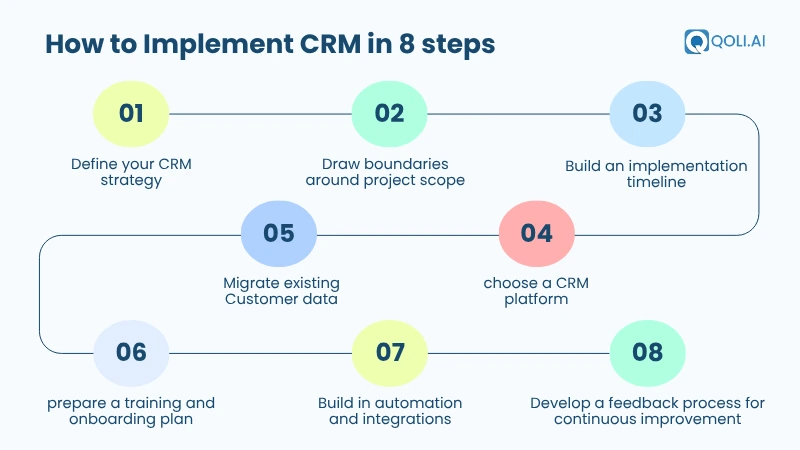
Here’s a practical framework to follow:
By following every step of this process, the person handling CRM can build a structured and efficient system that strengthens customer relationships at every stage.
Customer relationship management is about creating a clear process for every customer interaction. Following a structured approach helps your team stay coordinated, respond quickly, and provide consistent experiences that strengthen trust.
By guiding leads through each stage, supporting customers effectively, and using insights to refine your approach, you can turn everyday interactions into lasting relationships. A well-managed CRM process ensures your business runs smoothly, your team works efficiently, and your customers remain satisfied and loyal.
Tools like Qoli can support this process by providing features that streamline call tracking, performance monitoring, and follow-ups, making it easier to implement a CRM process that truly keeps your customers engaged.